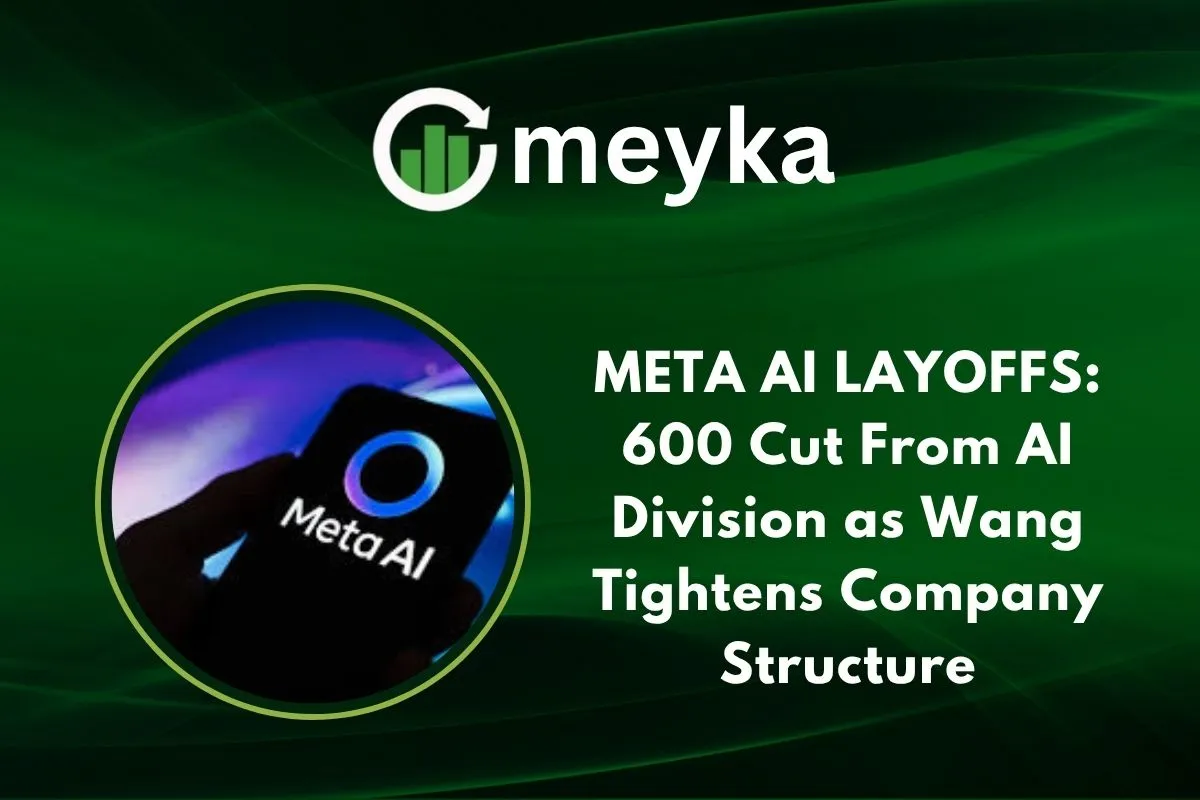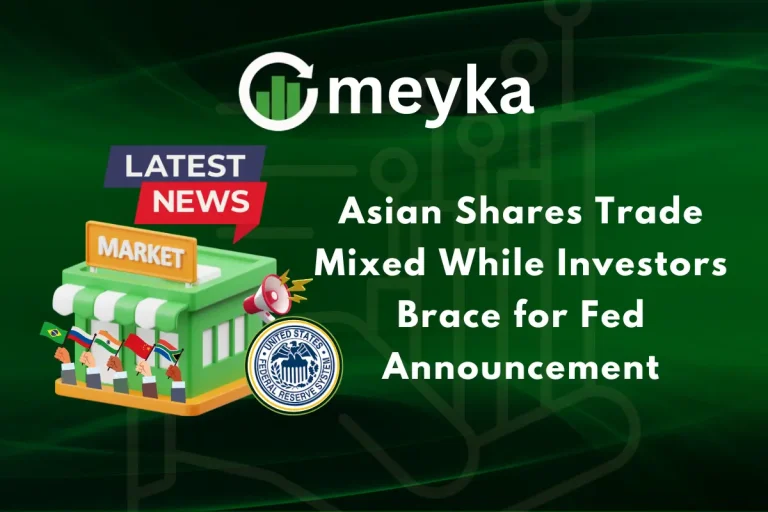META AI LAYOFFS: 600 Cut From AI Division as Wang Tightens Company Structure
We’ve learned that Meta Platforms is cutting around 600 jobs in its artificial-intelligence division. The fields being impacted include its core research unit, product AI teams, and infrastructure groups. The move comes while Meta keeps investing heavily in its AI ambitions. We’ll walk through what’s being cut, why it’s happening, how it may affect people and the company, and what it could mean for the broader tech world.
What is being cut, scope & scale
Meta is planning to reduce approximately 600 roles inside its AI division. The cuts span the company’s legacy AI research unit (known internally as Fundamental AI Research (FAIR)), its AI product team, and infrastructure groups. Meanwhile, a newly created unit called TBD Lab, part of Meta’s “superintelligence” push, is reportedly not affected.
Meta says that the reason behind the cuts is to streamline decision-making, give each person more impact, and reduce layers of management and conversation. The announcement came via an internal memo from Chief AI Officer Alexandr Wang.
Why the cuts are happening, motivations & strategic context
We’re seeing this move because Meta’s AI strategy is shifting. After years of aggressive growth in AI research and hiring, the company now wants to build fewer, more agile teams. In the memo, Wang wrote: “By reducing the size of our team, fewer conversations will be required to make a decision, and each person will be more load-bearing and have more scope and impact.”
Meta’s recent history includes large investments and a massive hiring spree for AI talent. These were aimed at advancing its ambition in “superintelligence”, the idea of machines that might match or surpass human cognitive ability.
At the same time, the company also paused hiring in its AI division earlier this year to restructure. The job cuts appear to reinforce the message that Meta is tightening its structure and focusing on high-impact teams.
Impacts on employees, cult, ure, and R&D
For employees, the announcement means uncertainty. Meta is reportedly encouraging those affected to apply for other roles within the company, and expects many will land somewhere else internally. But even with internal options, the disruption and morale drop are real.
Culturally, this suggests a shift away from broad, exploratory research toward more tightly aligned, product-driven work. Teams in the legacy FAIR unit may feel de-prioritized or less insulated from business strategy.
On the research side, we might see less of the “open-ended curiosity” labs and more of the “deliver results fast” mindset. The trade-off: faster product work but possibly fewer long-term breakthroughs.
Implications for Meta’s AI strategy and Industry
For Meta, this is a defining moment. The cuts signal that the company is doubling down on its AI commitments, but in a more streamlined fashion. While some units shrink, resources are being funneled into the elite superintelligence lab.
In the broader tech industry, this move reflects a pattern: big tech companies are still investing in AI, but they are also tightening up, making research units leaner, and focusing staffing where they see the highest leverage.
If Meta can make this learner model work, it could maintain competitiveness with rivals like OpenAI, Google DeepMind, and others. But if the cuts reduce the diversity of ideas or dampen innovation, the company may face long-term risks.
Risks, criticisms & unanswered questions
There are several risks and open questions. First, critics could argue that this is just cost-cutting packaged as strategy, i.e., trimming research for financial optics rather than genuine lean transformation. Second, what happens if too many people leave or morale drops? That could affect productivity and innovation.
Another unanswered question: Can smaller teams deliver at the same scale or scope as larger ones? Big breakthroughs sometimes need big bubbles of talent and idea-sharing. If Meta shrinks too much, it might lose that advantage.
Also, how will Meta maintain the balance between speed (product focus) and depth (fundamental research)? If the pendulum swings too far toward speed, the company might lose the long-term edge.
Conclusion
The Meta AI layoffs mark a clear inflection in how Meta approaches artificial intelligence. Cutting about 600 roles within its AI division is significant, not just because of the numbers, but because of what it signals: a move toward tighter structure, more focus, and higher expectations for each individual.
We can view this not necessarily as a retreat, but as a pivot: from broad and deep research to leaner, faster, higher-impact teams. The big question now is whether this restructured model can deliver the breakthroughs Meta aims for, and whether it can stay ahead in a hyper-competitive, fast-moving AI landscape.
For Meta and for the rest of us watching this space, the next 12-24 months will be revealing. If the lean teams perform, the strategy will be validated. If not, the cost of consolidation might show up in lost innovation, slower product cycle, or weaker competitive positioning.
Disclaimer:
The content shared by Meyka AI PTY LTD is solely for research and informational purposes. Meyka is not a financial advisory service, and the information provided should not be considered investment or trading advice.






